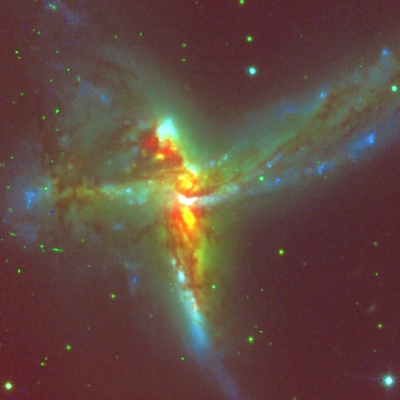1. an object that orbits a planet
2. the Earth and the Moon are both spheres and they are made of similar materials. They are different because the Moon is smaller and has less gravity and the Earth has an atmosphere but the Moon doesn't.
4. It makes a crater.
5. the far side of the moon
6. Neil Armstrong, 1969
7. Draw the phases of the moon. (see earlier post)
8. it appears to be growing because more of the sun's light is reflecting on it.
10. it appears to be getting smaller because less light is reflected on it.
11. When it is a full moon.
12. when it is a new moon
13. Draw a solar and lunar eclipse. see posts below
14. Draw the phases of the moon. OOPS repeat question of number 7!!
15. Draw a crater. see posts below
The second section is about the solar system and the universe. It is also multiple choice and drawing pictures You should study...
1. Gas, dust, empty spaces, matter
2. born in a nebula, white dwarf, yellow star, red giant, supernova, nebula or black hole
3. the sun. It is a middle-aged star
4. the galaxy we live in. It is a spiral galaxy.
5. Spiral, Barred Spiral, Irregular, and Elliptical. (There are other types, but these are the important ones.) I'll post pictures of what they look like at the end of this answer sheet.
6. A constellation is a group of stars that, when seen from Earth, seem to form a pattern. A famous one is Ursa Major.
7. Asteroids are usually large rocks that orbit the Sun. Comets are "on fire" and have a tail that we can see, and they have HUGE orbits... so huge that one might only pass every 40 years or even 100 years.
8. between Mars and Jupiter
9. see posts from before
10. Jupiter
11. Saturn
12. Venus and Mars
13. from the sun? Uranus
14. a dwarf planet is a small rocky body that orbits the Sun, usually in the Kuiper Belt (beyond Uranus). Pluto is a dwarf planet. So is Ceres and Eris.
15. a force created by an object that pulls smaller objects towards it
16. A large object, like the Sun, pulls on other objects, like the planets, with it's gravitational force, and that keeps the planets orbiting around it
17. The space race was a competition during the Cold War between the United States and the Soviet Union (now Russia). It was a competition to see who could get the best technology the fastest and who could explore space the best. The Soviets sent up the first satellite, Sputnik, in 1957. They also sent the first dog, monkey, man, and woman into space. The USA was always a little bit slower than the Soviet Union. In 1969, the USA landed two men on the moon--Neil Armstrong and Buzz Aldridge. The Space Race ended when the Soviet Union collapsed and formed Russia. Now the United States and Russia work together.
`8. The Soviet Union... it was called Sputnik.
19. The USA
20. See my previous posts.
21. Draw the electromagnetic spectrum. Label it. Previous post.
22. Light is radiation energy. We can feel it and see it, but it can't move things. It is very fast.
23. the ability to change something in the universe
24. radiation is waves of energy that travel through space
25. 8 minutes
26. opaque
27. transparent
28. a mirror
29. it bends
30. black
31. See posts below.
32. concave
Fill in the blank:
1. absorb
2. telescope
3. refraction
4. eclipse
5. satellite
6. galaxy
7. energy
8. black hole
9. dwarf
10. visible spectrum
11. planet
12. orbit
13. moon
14. gravity
15. atmosphere
16. star





No comments:
Post a Comment